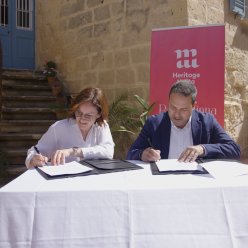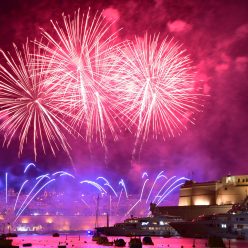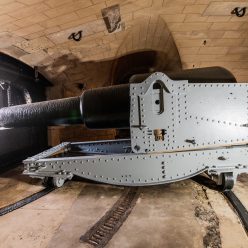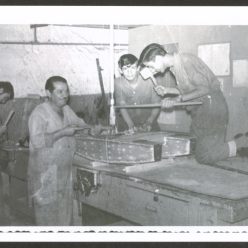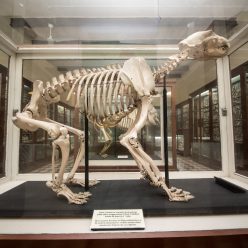Stqarrija bil-Malti Agħfas Hawn / Press Release in Maltese Click Here
A cycle of fresco paintings that date back to the rule of Grand Master Alof de Wignacourt (1601 – 1622) have been discovered during the restoration works currently ongoing at the Grand Master’s Palace in Valletta. Prior to this discovery, the frescoes had only been known to exist by word of mouth.
The frescoes were found on the uppermost parts of the walls of the bedroom that Grand Masters used during the summer months. They were revealed upon the removal of an early 18th century canvas painting cycle for conservation purposes.
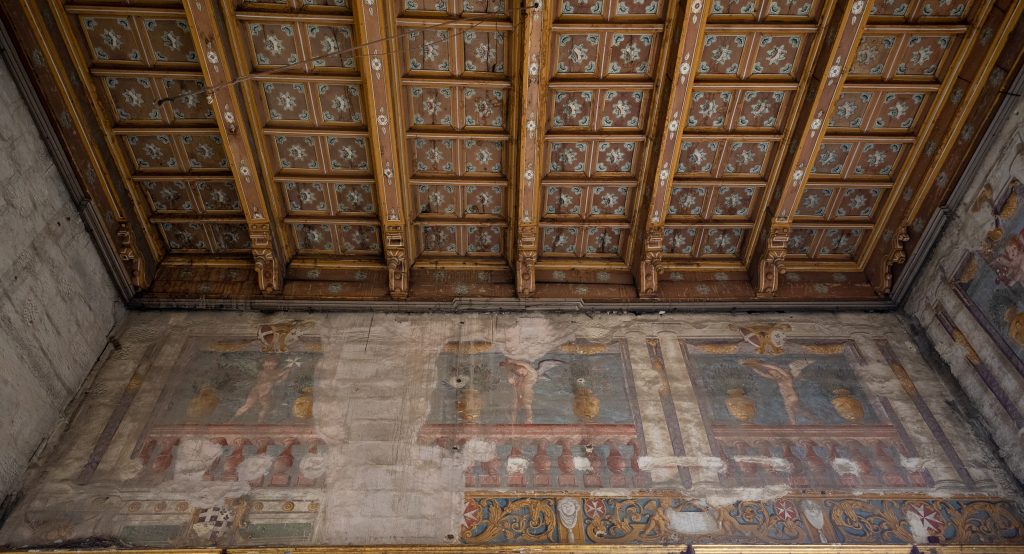
No attributions have yet been assigned to the frescoes, but they could possibly be the work of Leonello Spada (1576 – 1622) who was responsible for the decoration of three other rooms in the palace at the time of Grand Master Wignacourt.
The fresco remains are thought to date back to this period since Alof de Wignacourt’s coat of arms features prominently in them. Each fresco is separated from the adjoining one by a pair of painted Doric columns and features a putto standing on a balustrade, alternately holding the eight-pointed cross, a coronet, a cross and a fleur-de-lys. During the rule of Grand Master Jean Paul Lascaris de Castellar (1636 – 1657), some modifications were made in the lower register, with the introduction of the Lascaris coat of arms on a different decorative background.

The frescoes will be consolidated and conserved by Heritage Malta, the agency whose portfolio includes the Grand Master’s Palace and its ambitious restoration project. His Excellency the President of Malta, George Vella, was today briefed about this discovery by Heritage Malta’s top management, during one of his regular visits to the Grand Master’s Palace – which houses his offices – to be brought up to speed with the latest works.
The Grand Master’s Palace restoration will cost approximately €28 million in total, with the initial phase being co-financed by the European Union as part of the European Fund for Regional Development. The subsequent phase, at a cost of around €18 million, is being financed by the Maltese government. The initial phase is expected to be completed by the end of this year, with the entire project being ready by 2025. This is Heritage Malta’s most extensive project to date.
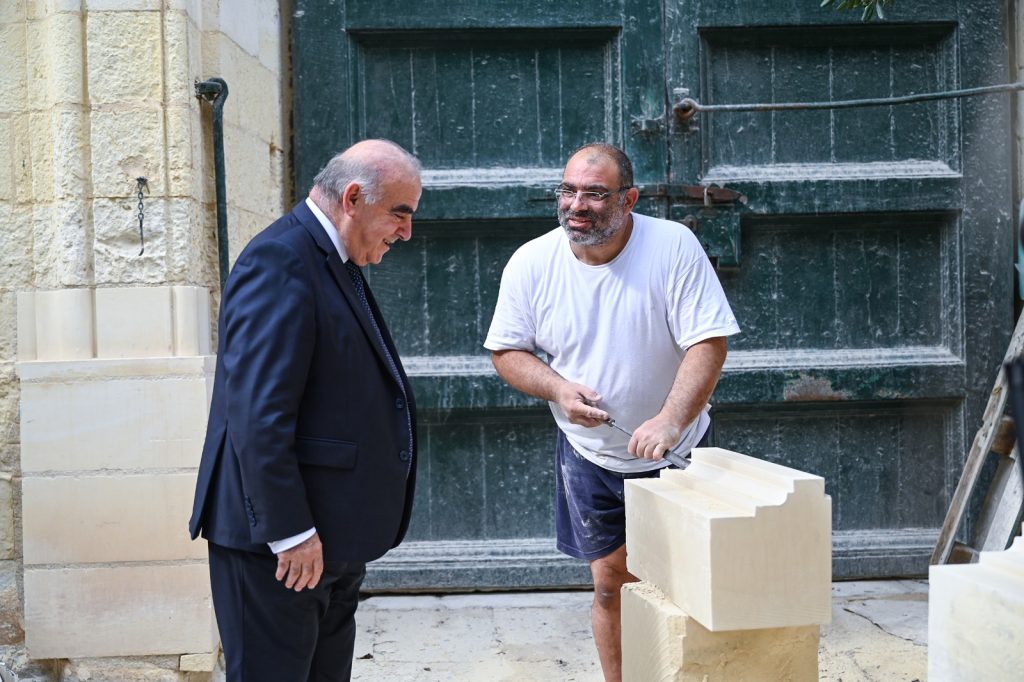
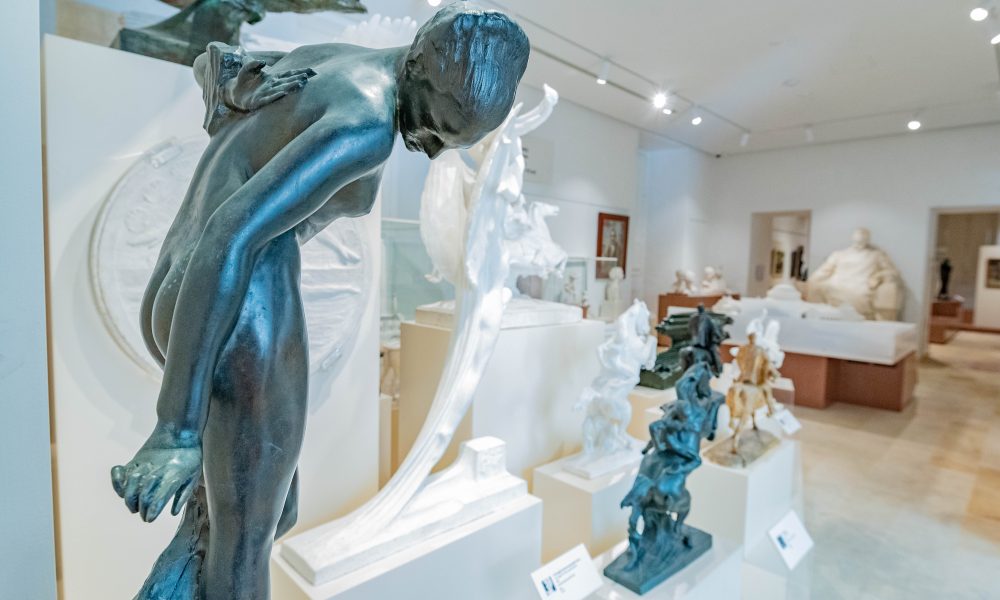
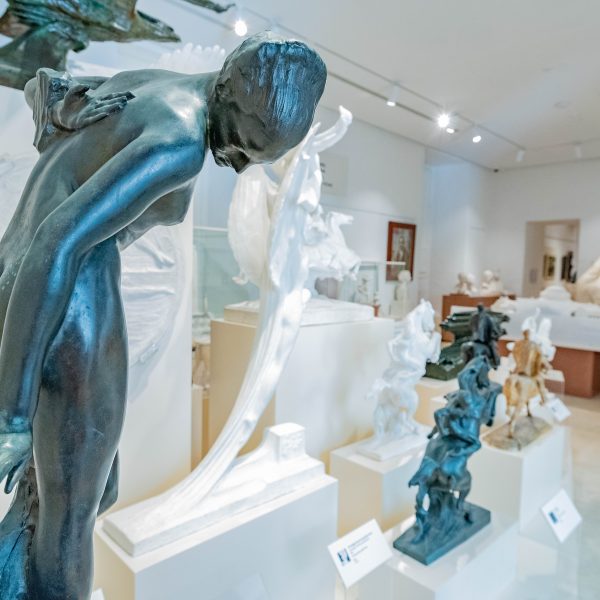
Up Next
Press Releases | 23rd September 2022
